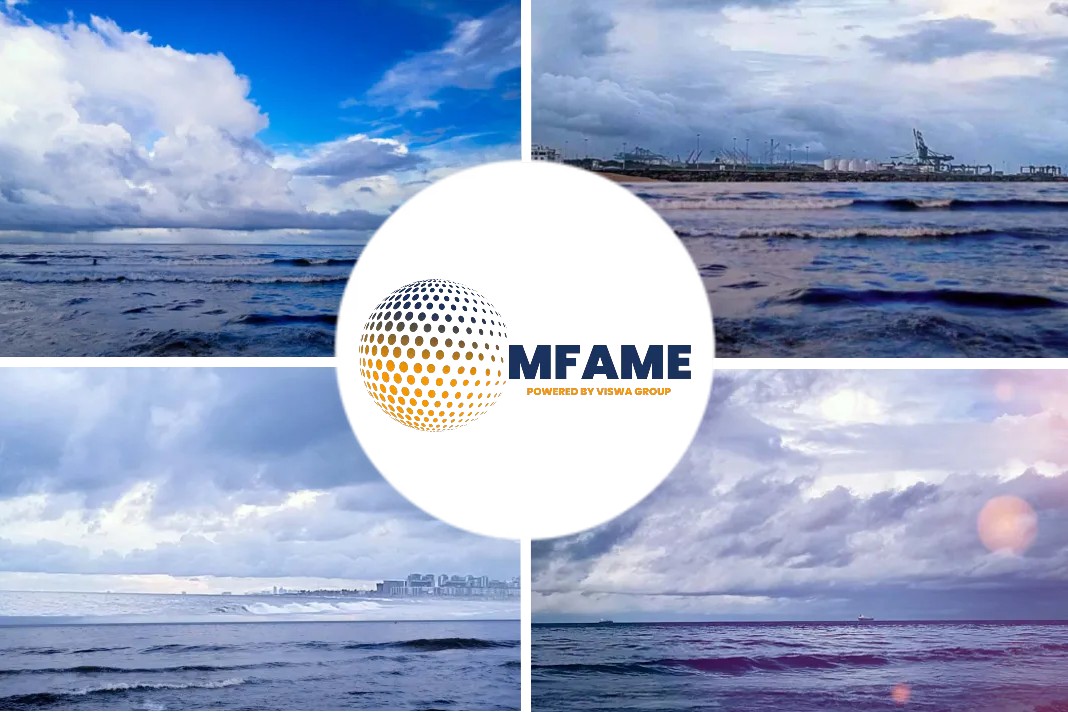- Wärtsilä and partners have developed an emissions-free barge concept, ZES.
- It is an enterprise for making inland waterway shipping more sustainable.
- Replaceable battery, ZESPacks, containers will be used for fully electric propulsion.
- The new system allows barge operators to go electric and offers a ‘pay-per-use’.
- Barges with ZES-Packs can reduce its carbon emissions by 1,000 tonnes per year.
According to an article published in Clean Technica and authored by Cynthia Shahan, Wärtsilä and some partners have developed an emissions-free barge concept.
Zero Emission Services
Wärtsilä and the consortium formed Zero Emission Services B.V. (ZES), an enterprise for making inland waterway shipping more sustainable, thus making it easier to switch from diesel-fueled propulsion to a creative new system. Other partners include Engie, ING Bank, and the Port of Rotterdam Authority. It also has the support of the Dutch Ministry of Infrastructure and Water Management.
What is ZES?
Zero Emission Services was founded on June 2, 2020. It intends to make inland waterway shipping more acceptable, cleaner. Replaceable battery, ZESPacks, containers will be used for fully electric propulsion. At the moment, inland navigation accounts for 5 percent of carbon dioxide (CO2) emissions within the Netherlands transport sector, so this development could help to cut a significant amount of pollution in the country.
The new system makes it easy for barge operators to go electric by taking away the challenge of higher upfront costs and offering a “pay-per-use” financing model instead. “ZES charges only for the cost of consumed renewable energy plus a rental fee for the battery container, so the skipper’s operating costs remain competitive.” As we can see, the venture aims to make the transition to emission-free sailing easy.
Accessible by all
The service is creatively accessible, one that can supply the cleaner tech to everyone.
Wärtsilä said, “A network of open access charging points will be set up for exchanging depleted battery containers for ready-charged replacements, thereby keeping waiting time to a minimum. The ZESPacks are designed for multiple applications, enabling them to be utilized for temporary onshore use, such as stabilizing the local electricity grid or meeting short-term demand for electrical power.”
Port of Rotterdam fitted with ZES Packs
The Port of Rotterdam reports on the first ship fitted with ZESPacks: “De Alphenaar, will already be carrying beer from the Heineken brewery in Alphen aan de Rijn to the port of Moerdijk. This first vessel will be joined by another five over the course of 2021. The first ZES charging station will be realized in Alphen aan de Rijn. The network of charging stations will be gradually expanded to form a national grid of approximately 20 charge points. An inland vessel can travel some 50 to 100 km on two charged ZES-Packs – depending, among other factors, on the currents and the vessel’s size and draught. ZES will initially be limiting its focus to the container inland shipping segment. By 2030, the company expects that around 150 inland vessels will be powered by the new battery containers.”
Netherlands – a frontrunner in sustainable water transport
Cora van Nieuwenhuizen, Minister of Infrastructure and Water Management, states: “The Netherlands is a frontrunner in sustainable transport by water. Well over 1/3 of all goods and 80% of bulk transportation takes place via inland waterways. Not only does this lessen truck transportation, which reduces traffic, inland vessels also emit significantly less CO₂. That advance is extended even further with these new emission-free ships.”
Refreshing that the country continues to value and pursue success with the Paris Climate Agreement that calls for a more sustainable transport sector. This past week, the country also confirmed new electric car incentives.
Advantages – switch from diesel fuel to ZES-Packs
“Each container ship that switches from diesel fuel to ZES-Packs can reduce its carbon emissions by 1,000 tonnes per year. In addition, these battery-powered vessels do not release any particulates or nitrogen into the atmosphere.”
Wärtsilä reports that the project will at first begin along the Zoeterwoude–Alpherium–Moerdijk corridor. It will then be expanded to include the Amsterdam–Rotterdam–Antwerp corridor, making a connection to Nijmegen. “The emphasis during the initial stage will be on converted and newly-built container carriers.”
Did you subscribe to our daily newsletter?
It’s Free! Click here to Subscribe!
Source: CleanTechnica
















